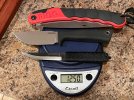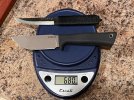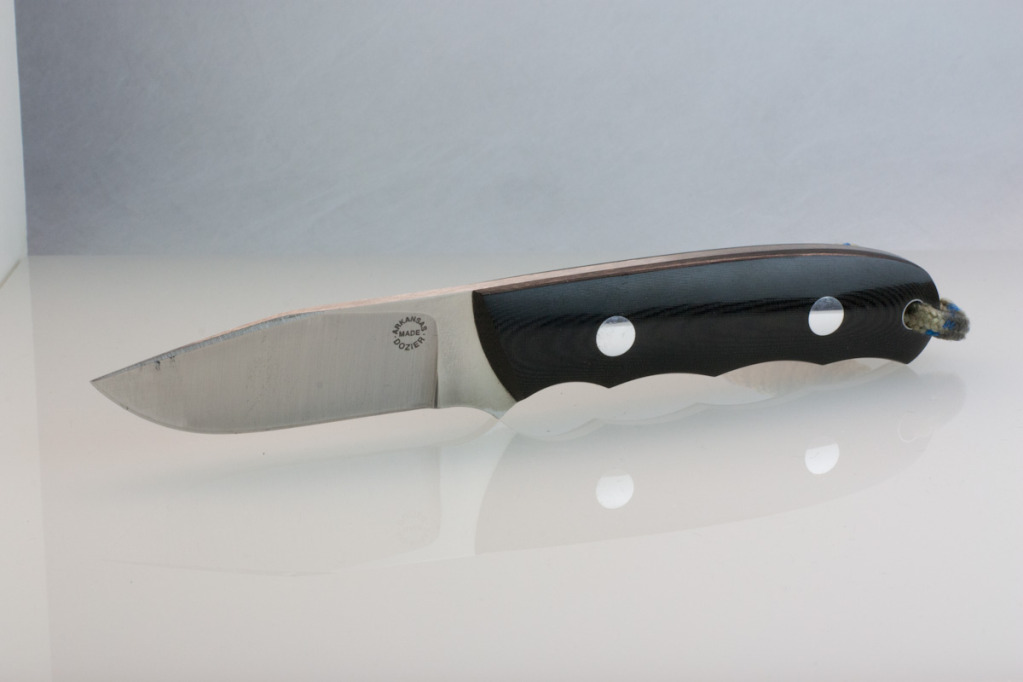- Joined
- Jun 5, 2012
- Messages
- 29,189
I'm torn, I love the cutting performance of thinner blades. .118 thou spine thickness of that knife probably (don't know edge thickness, but let's assume it's sufficiently thin) lends it self to being an excellent cutter.
On the other hand, I like to be rough with my knives, occasionally pry off pieces of wood for kindling in my fireplace, crank on random things. Yes I know, I could have multiple things for different tasks, but why? I can carry a full height flat ground infi ratmandu at .185 thou with a stupid thin edge put on by my edge pro apex 4 that cuts very well, and can easily handle rough use. Cut a burger cleanly in half? Check. Baton gnarly wood? Check. Make nice wood shavings? Check? Bend back to true after prying frozen wood apart? Check.
For my uses, and (bad) habits I prefer a stouter blade. Now I draw the line at serious loss in cutting performance. As in painfully inefficient wood shaving.
Don't get me wrong I have thinner knives as well, I just keep gravitating toward a little stouter because I am rougher on my knives. Philosophy of use I suppose.
On the other hand, I like to be rough with my knives, occasionally pry off pieces of wood for kindling in my fireplace, crank on random things. Yes I know, I could have multiple things for different tasks, but why? I can carry a full height flat ground infi ratmandu at .185 thou with a stupid thin edge put on by my edge pro apex 4 that cuts very well, and can easily handle rough use. Cut a burger cleanly in half? Check. Baton gnarly wood? Check. Make nice wood shavings? Check? Bend back to true after prying frozen wood apart? Check.
For my uses, and (bad) habits I prefer a stouter blade. Now I draw the line at serious loss in cutting performance. As in painfully inefficient wood shaving.
Don't get me wrong I have thinner knives as well, I just keep gravitating toward a little stouter because I am rougher on my knives. Philosophy of use I suppose.






